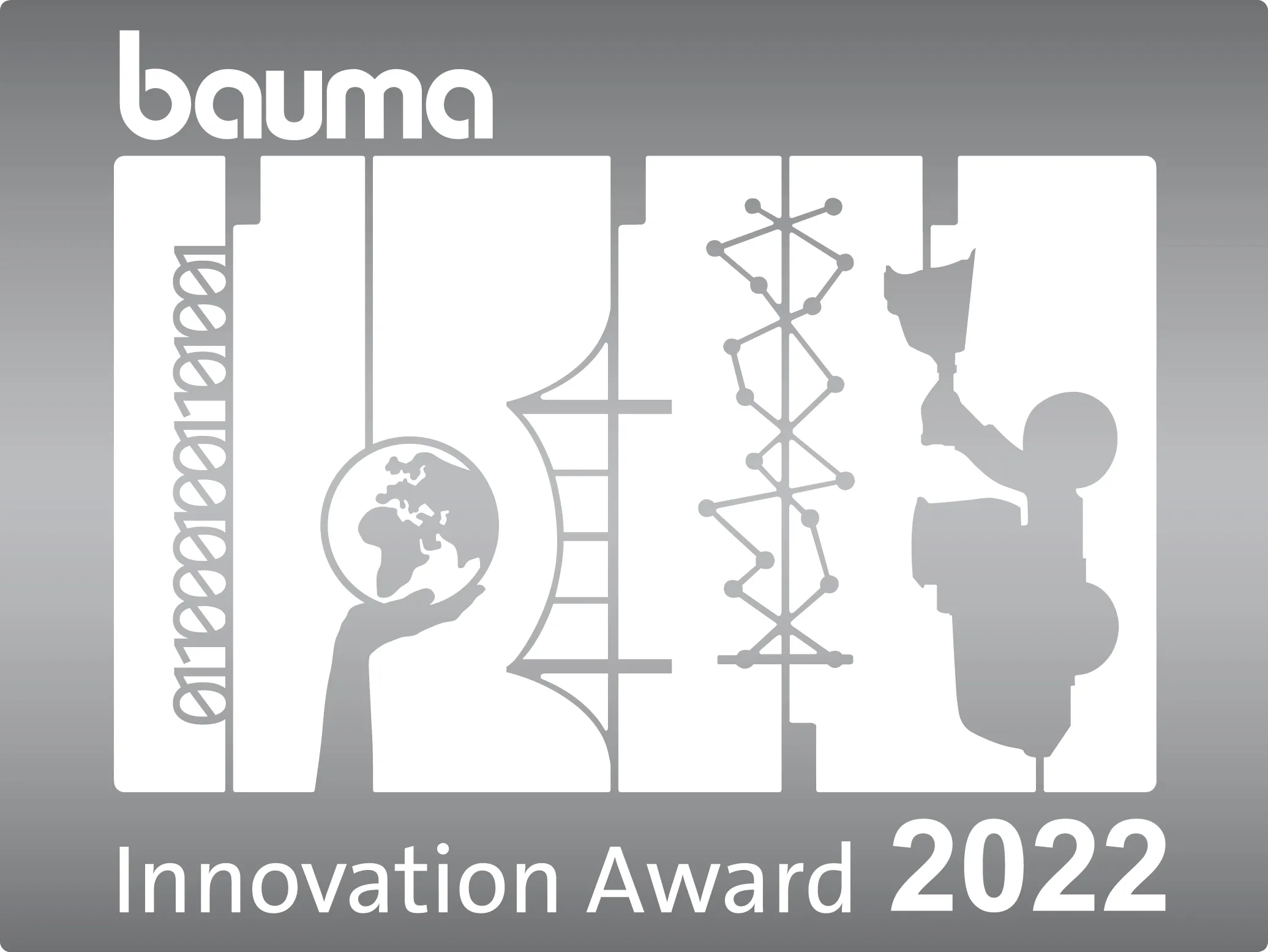Let Fritzmeier show you the “cab of the near future” developed by a consortium including Bosch, Grammer, Savvy Telematic Systems and the Technical University of Dresden. The prototype won the design category in the bauma innovation awards 2016 with an end-result that is “optimised in all dimensions.”
April 15, 2016
Read time: 1 min
Let Fritzmeier show you the “cab of the near future” developed by a consortium including Bosch, Grammer, Savvy Telematic Systems and the Technical University of Dresden. The prototype won the design category in the bauma innovation awards 2016 with an end-result that is “optimised in all dimensions.”







